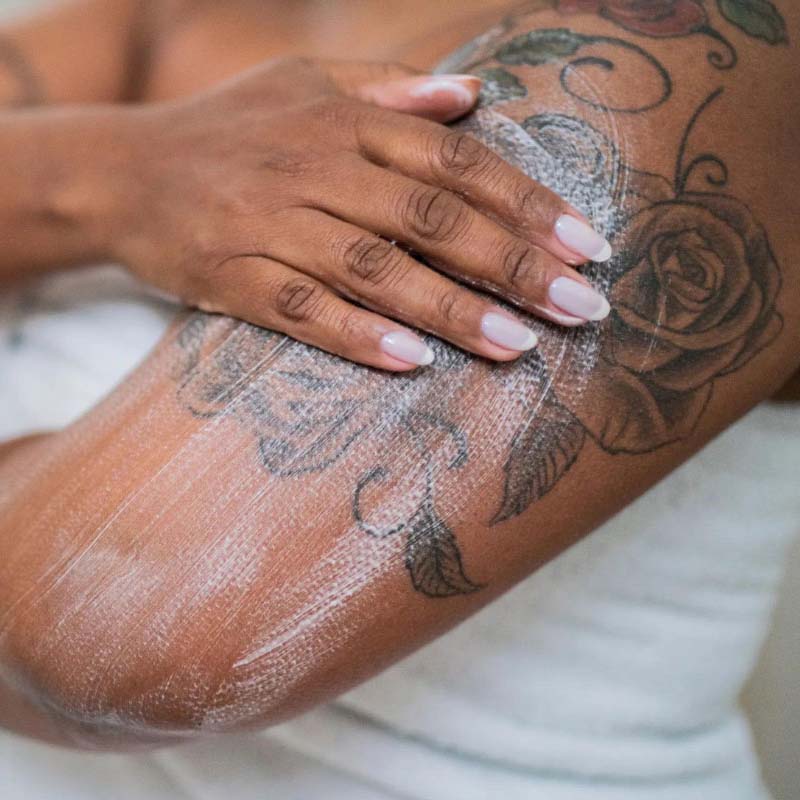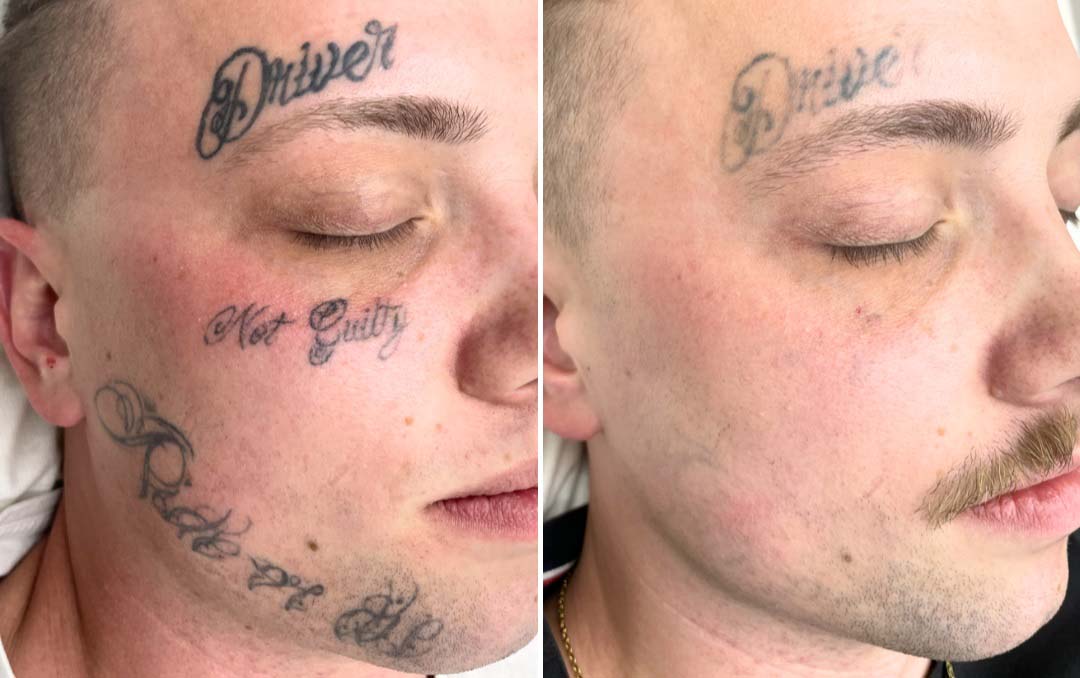If you’re considering removing a tattoo, whether due to a change in personal preference or regret, there are several methods available. Each method has its own pros and cons, and understanding them can help you make an informed decision. Here’s a comprehensive guide to tattoo removal options.
How It Works:
This is the most common and effective method for tattoo removal. Laser treatments use high-intensity light beams to break down the ink particles in the skin, which are then absorbed by the body.Effective for most colors of ink.
Minimal risk of scarring compared to other methods.
Can be tailored to the size and color of the tattoo.
Multiple sessions are usually required (often 5-10).
Can be painful and may require topical anesthesia.
Expensive, with costs ranging from hundreds to thousands of dollars.
How It Works:
This method involves cutting out the tattooed skin and stitching the remaining skin back together. It is typically used for smaller tattoos.Immediate results; the tattoo is removed in one session.
Suitable for small tattoos.
Leaves a scar, which may be more noticeable than the tattoo.
Not suitable for larger tattoos or those in sensitive areas.
How It Works:
This technique involves sanding down the top layers of the skin to remove the tattoo ink.Can be effective for certain types of tattoos.
Painful and requires local anesthesia.
Risk of scarring and skin discoloration.
Not as commonly used as laser removal.
How It Works:
A chemical solution is applied to the tattooed area, causing the top layers of skin to peel away and fade the tattoo.Less invasive than surgery.
Generally less effective than laser removal.
May require multiple sessions.
Risk of skin irritation and discoloration.
How It Works:
These over-the-counter creams claim to fade or remove tattoos through topical application.Easy to use and non-invasive.
Often ineffective; results are minimal.
May cause skin irritation or allergic reactions.
Not recommended by dermatologists.
Choosing a tattoo removal method depends on various factors, including the size and location of the tattoo, your pain tolerance, budget, and desired outcome. Laser tattoo removal is generally the most effective and popular choice, while surgical excision is best for small tattoos. Always consult with a qualified dermatologist or tattoo removal specialist to discuss your options and determine the most suitable method for your needs. Remember, tattoo removal is a process that requires patience, and results can vary based on individual skin types and tattoo characteristics.




